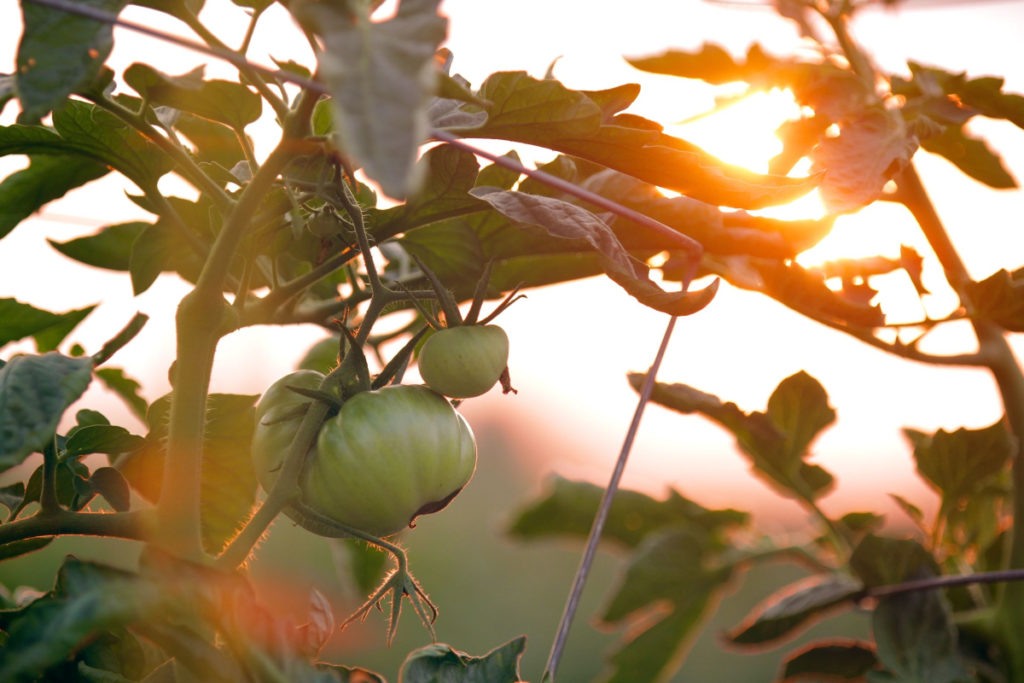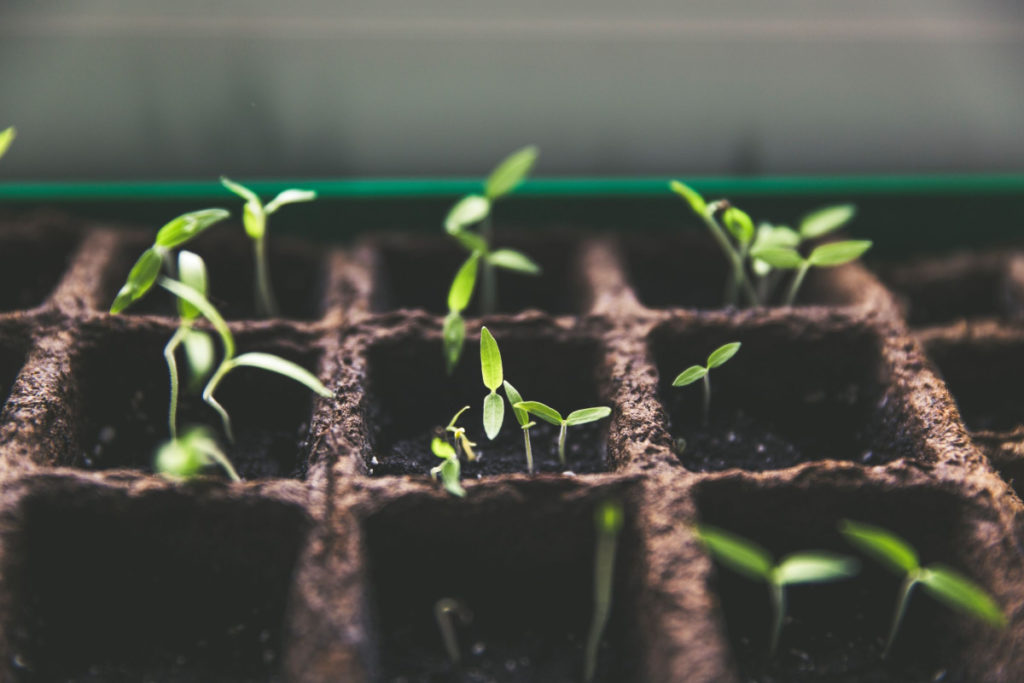Chances are, you’ve heard of the term “victory garden” before. But do you know where this prepping trend started? In this article, I’ll take a look at the history of the victory garden and how it became a popular way to become self-sufficient during uncertain times.
The History of the Victory Garden
The first victory gardens appeared during World War I as a way to reduce pressure on the public food supply. When the United States entered the conflict in 1917, there was a shortage of labor to work in farms and food-processing plants. To help offset this shortage, the U.S. Department of Agriculture (USDA) encouraged Americans to plant gardens and grow their own food. The idea was that everyone could do their part to support the war effort by growing their own food.
At that time, most vegetables and fruits were imported from Europe. But with the outbreak of war, access to these imports became limited. The USDA even provided Victory Garden kits that included seeds, fertilizer, and instructions on how to get started.
The victory garden movement really took off during World War II. By 1943, there were an estimated 20 million victory gardens in the United States. This was in part due to rationing that was in place during the war. Rationing is a system of controlling how much of a scarce resource people can consume. With rationing in place for items like sugar, meat, and gasoline, Victory Gardens helped families stretch their food budgets further.
Victory Gardens also had the added benefit of boosting morale. During times of war, it can be easy to feel powerless and helpless. But by growing your own food, you can help support the war effort and feel like you’re doing your part. Victory Gardens also promote a sense of community as neighbors come together to help each other grow and harvest their crops.
In recent years, there has been a renewed interest in victory gardens as people look for ways to become more self-sufficient and reduce their reliance on grocery stores. With the outbreak of COVID-19, this trend has only accelerated, with more people than ever looking to grow their own food. While modern victory gardens may not be able to completely replace supermarket trips, they can certainly supplement them, and provide a sense of satisfaction and accomplishment that is hard to match.
Start Your Own Victory Garden!
The Victory Garden movement is a historical example of how ordinary people can come together to do extraordinary things. If you’re interested in starting your own Victory Garden, make sure to research your growing zone with what plants work best in your zone. In my neck of the woods, it’s fall planting time, so we’re laying down seeds for spinach, broccoli, lettuce, and other leafy greens. So no matter where you live, there’s most likely some type of garden vegetable you can plant. Even if you start small, it’s still a start!
But give it a shot if you haven’t already. Not only will you be able to save money on groceries, but you’ll also be able to join a community of like-minded individuals who are working towards self-sufficiency.
Want to chat about all things post-apocalyptic? Join our Discord server here. You can also follow us by email here, on Facebook, or Twitter. Oh, and TikTok, too!



Leave a Reply